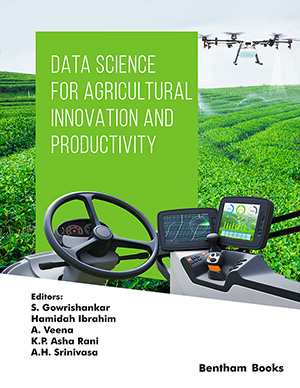Abstract
In the Indian economy, agriculture is one of the main economic resources.
Unemployment is one of the biggest problems. In many areas, agriculture offers about
60% of jobs. Various roles and responsibilities are involved in the agricultural sector
including farmers, farm equipment operators, technical specialists, and more. There are
a number of opportunities available in the agricultural sector. In developing countries,
unemployment has decreased significantly since agriculture accounts for 20% of GDP,
and agriculture can yield much greater benefits. Crops are classified into commercial
and non-commercial crops. Most people can access and use non-commercial crops in
their daily lives. Tomatoes are considered non-commercial crop. The edible berry of
the species, Solanum lycopersicum, is commonly known as the tomato plant. Tomato
plants are affected by many different diseases and because of these diseases, the losses
are heavy. The disease can affect leaf, stem, or tomatoes. Initially, the disease is
observed in the leaves, and eventually the disease worsens. Anticipating disease at an
early stage is a major concern and therefore preventive measures are taken to obtain
good crop quantity and quality. Applying deep learning techniques to disease detection
has many advantages over other machine learning techniques. Deep learning is a part
of machine learning techniques that helps train computers to do things that are natural
to humans.
Keywords: Convolutional neural network(CNN), Deep learning(DL), Machine learning (ML), Neural network.






















